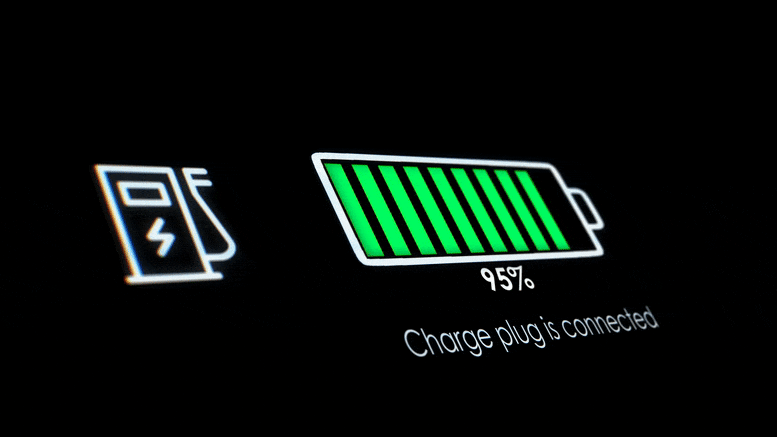
A diamond quantum sensor-based detection technique can more accurately estimate battery charge, leading to an extended range for electric vehicles.
High-
Typically, the battery currents in EVs can reach hundreds of amperes. However, commercial sensors that can detect such currents cannot measure small changes in the current at milliampere levels. This leads to an uncertainty of around 10% in the battery charge estimation. What this means is that the driving range of EVs could be extended by 10%. This, in turn, would reduce inefficient battery usage.
Fortunately, a team of scientists has now come up with a solution. In their study, they reported a diamond quantum sensor-based detection technique that can estimate the battery charge within 1% accuracy while measuring high currents typical of EVs. The team of researchers from Japan was led by Professor Mutsuko Hatano from the Tokyo Institute of Technology (Tokyo Tech) and published their study today (September 6) in Scientific Reports.

Credit: Tokyo Tech
“We developed diamond sensors that are sensitive to milliampere currents and compact enough to be implemented in automobiles. Furthermore, we measured currents in a wide range as well as detected milliampere-level currents in a noisy environment,” explains Prof. Hatano.
In their work, the researchers developed a prototype sensor using two diamond quantum sensors that were placed on either side of the busbar (electrical junction for incoming and outgoing currents) in the car. They then used a technique called “differential detection” to eliminate the common noise detected by both the sensors and retain only the actual signal. This, in turn, enabled them to detect a small current of 10 mA amid background environmental noise.
Next, the team of scientists used a mixed analog-digital control of the frequencies generated by two microwave generators to trace the magnetic resonance frequencies of the quantum sensor over a bandwidth of 1 gigahertz. This allowed for a large dynamic range (ratio of largest to smallest current detected) of ±1000 A. Moreover, a wide operating temperature range of − 40 to + 85 °C was confirmed to cover general vehicular applications.
Finally, the team tested this prototype for Worldwide Harmonized Light Vehicles Test Cycle (WLTC) driving, a standard test for energy consumption in EVs. The sensor accurately traced the charge/discharge current from -50 A to 130 A and demonstrated the battery charge estimation accuracy within 1%.
What are the implications of these findings? Prof. Hatano remarks, “Increasing battery usage efficiency by 10% would reduce battery weight by 10%, which will reduce 3.5% running energy and 5% production energy of 20 million new EVs in 2030 WW. This, in turn, corresponds to a 0.2% reduction in CO2 emissions in 2030 WW transportation field.”
We certainly hope this breakthrough takes us one step closer to a carbon-neutral society!
Reference: 6 September 2022, Scientific Reports.DOI: 10.1038/s41598-022-18106-x
Funding: The Ministry of Education, Culture, Sports, Science and Technology
Source: SciTechDaily
After reading your article, it reminded me of some things about gate io that I studied before. The content is similar to yours, but your thinking is very special, which gave me a different idea. Thank you. But I still have some questions I want to ask you, I will always pay attention. Thanks.
I have read your article carefully and I agree with you very much. This has provided a great help for my thesis writing, and I will seriously improve it. However, I don’t know much about a certain place. Can you help me?